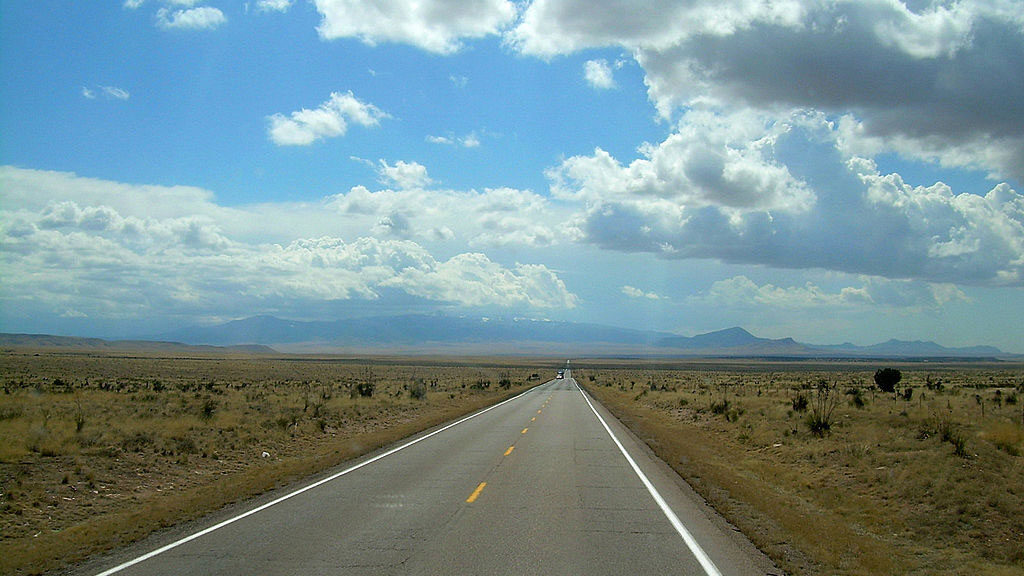
Jan 30, 2022 | Santa Fe New Mexican
People from across the state are being asked to weigh in on a draft plan to create wildlife corridors in New Mexico.
In 2019, Senate Bill 228 — the Wildlife Corridor Act — was signed into law by Gov. Michelle Lujan Grisham. It called for the state departments of Transportation and Game and Fish to study the state’s roads and find areas where both animals and drivers face danger — places where traffic and wild creatures intersect.
Primarily, the draft plan is focusing on the movements of six large mammals — elk, deer, pronghorn, bighorn sheep, black bears and mountain lions. It identifies areas that are high-risk to both wildlife and the traveling public. At night, when animals are crossing highways, the collision of vehicle and creature can prove deadly.
This Tuesday and Thursday, virtual meetings will be conducted on the plan — both starting at 6 p.m. — but comments will be accepted until March 12. (Learn more about how to register for the virtual meeting or comment at wildlifeactionplan.nmdotprojects.org).
The bill, sponsored by Senate President Pro Tem Mimi Stewart, D-Albuquerque, allocated $500,000 to develop a plan for saving the lives of both animals and human beings.
Humans are at risk when their cars or trucks crash into animals at high speeds. And animals are stressed because human development is moving into what had been their homelands. The animals need to be able to move freely, a necessity human encroachment curtails. A hotter and drier climate affects their movement, too, adding to the difficulties of life in nature.
With the plan, the state has identified areas that are the most dangerous for both animals and human drivers — then, with the spots isolated, it has created potential solutions.
The report is being released just after President Joe Biden signed into law the federal Wildlife Crossings Pilot Program, which allocates $350 million for states and others to pay for the construction of wildlife crossings.
With the Legislature now in session, state money can be set aside so New Mexico can maximize those federal dollars with matching funds. Without funding, the plan is hardly going to achieve its objectives.
While the state plan identifies projects, it does not make clear how long construction would take or where the money will be found to do the work. Part of moving the plan from draft to final stages should include a timetable and identifying funding sources. This is a long-term process, obviously, but mapping it out more specifically will make success more likely.
A project near Santa Fe includes a segment of Interstate 25 near Glorieta Pass, where some $21 million would be spent to build an overpass and three arch culverts in addition to installing several miles of fencing to keep wildlife off the highway.
The top 10 priorities are located all over the state, with other Northern New Mexico projects in the mix.
Directing federal and state dollars to protect wildlife — and in the process, save human lives — is a worthwhile use of taxpayer dollars. Anyone who has driven along the interstate at night, only to see elk or deer peering out from the brush knows how dangerous these encounters can be.
Tune in to one of the hearings, read the plan and share your thoughts on how New Mexico can protect human and animal lives.
This article was originally written by The Santa Fe New Mexican



